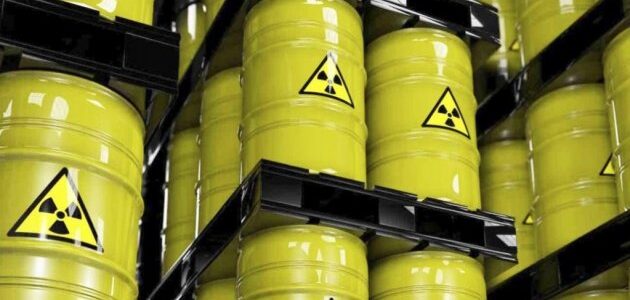
IAEA inspectors found that about 2.5 tons of unenriched uranium stored at a site in Sebha, 660 kilometers southeast of the Libyan capital Tripoli, has disappeared, the Associated Press (AP) reported Thursday, citing the agency.
“Security inspectors found last Tuesday that 10 barrels containing approximately 2.5 tons of natural uranium in the form of uranium ore concentrate were no longer at the declared site in Libya. The agency will take action to clarify the circumstances surrounding the removal of nuclear material from the site,” the AP cited excerpts from an IAEA statement.
The day before IAEA Director General Raphael Grossi informed member countries about the situation in Libya.
According to AP, each ton of these substances, given the appropriate technology, can be processed into 5.6 kilograms of weapons-grade material needed to build an atomic bomb.
Since the overthrow and assassination of Libyan leader Moammar Gadhafi in 2011, Sebha has been in a state of powerlessness, with an illegal migration route through the city and, according to the UN, cases of slave trade recorded in Sebha. In recent years, the city has been largely controlled by the Libyan National Army of Field Marshal Khalifa Haftar, with rebels from neighboring Chad also present.
Altogether, according to various estimates, Libyan authorities accumulated about 1,000 tons of uranium concentrate during the Gadhafi rule (1969 – 2011). In 2003, after the U.S. invasion of Iraq, he disclosed to the international community the workings of Libya’s nuclear program, and in 2009 international inspectors removed the last stocks of enriched uranium from the country. However, according to the UN, in 2013 Sebha stored about 6,400 barrels of uranium concentrate.